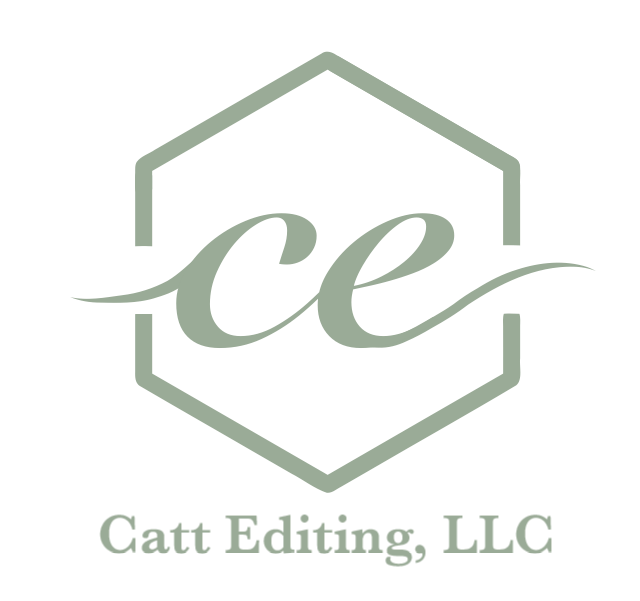Does My Book Need an Introduction?
Introductions are a crucial part of most nonfiction books (and some fiction books). Introductions talk about the subject material and give the reader any background information they may need before diving into the book. This way, you can start chapter one with the actual chapter one content rather than explaining terms and concepts in chapter one needed throughout the entire book.
Although the introduction is not normally given a chapter number, it is considered part of the main text and has Arabic numerals. (The preface, acknowledgements, etc., have Roman numerals.)
There are a few essential parts of an introduction you should include so your reader can be informed and ready for the book come chapter one:
1. Start with why you’re qualified to write about this topic.
Why you? Why should we listen to you? Do you have a degree in the subject? Twenty years of career experience in the field? Something else that qualifies you? Let us know.
For example, if you want to write a book about budgeting, tell us about the finance degree you have. Or tell us about your twenty years of experience as a financial advisor. Or tell us how you taught yourself to be financially responsible and became a millionaire after making bad financial decisions and living homeless. Tell us how you successfully budget now because of this. Whatever it is that qualifies you to write about your topic, tell us! Prove to us that you know what you’re talking about.
2. Why are you writing this book? Why are you writing it now? Why is it important?
Tell us these things next in your introduction. Maybe you are writing a book about how to buy your first home. Tell us that you know the housing market is wild right now, and you saw lots of people struggling to buy homes in 2021—you want to help them. Explain whatever your reason is for writing the book and writing it now.
3. Now you can talk about what is and isn’t included in this book.
If you are focusing on a specific aspect of a topic, say that. This sets up the expectations of the readers so they know what to look forward to.
Just the other day, I bought a book online to learn a new skill. The blurb looked great, the reviews were awesome, the title was self-explanatory. I bought it. Page one, the introduction, told me what was included in this book, and I returned it the next day. This book was not going to teach me what I had anticipated it teaching me. Luckily, I didn’t have to read the entire book to realize the chapter I was looking forward to would never come. The author’s introduction saved me a lot of time and helped me know what I was getting into. So helpful!
I’m not saying you should write an introduction just so people can return your book immediately when it’s not what they want, but it will help you find your target audience and help those who need it.
4. What does the reader need to know before diving into chapter one?
Are there terms you use throughout that should be defined first? If each chapter is going to focus on organizing a different room in the house, do we need to know any overarching organization concepts before we start on the first room? If there are terms you teach in your previous books, you can briefly define them again here. Any other background knowledge should be given here.
5. Talk about how to navigate your book (if it’s unique).
If readers can pick up your book and flip to the chapter most interesting to them, let them know! If they need to read it chronologically, you can tell them that too. . . . But that’s kind of assumed when reading books, so that can probably go without saying.
Don’t skip writing your introduction. Don’t do it. Readers need it to know what they’re about to read, how to read it, why they’re reading it, and why they’re going to listen to you. This information might seem basic and awkward to write, but it’s essential for readers to understand your book.
If you want to learn more about other front matter, click here.
To get updates about more free tips and advice from experts (like this), make sure to subscribe here!
